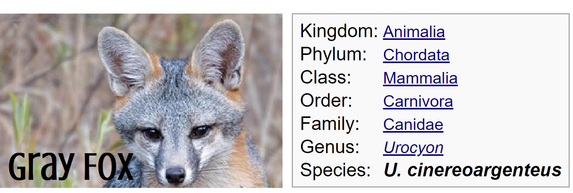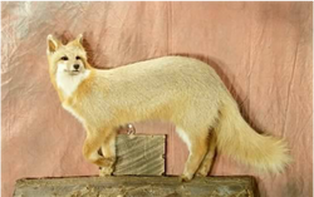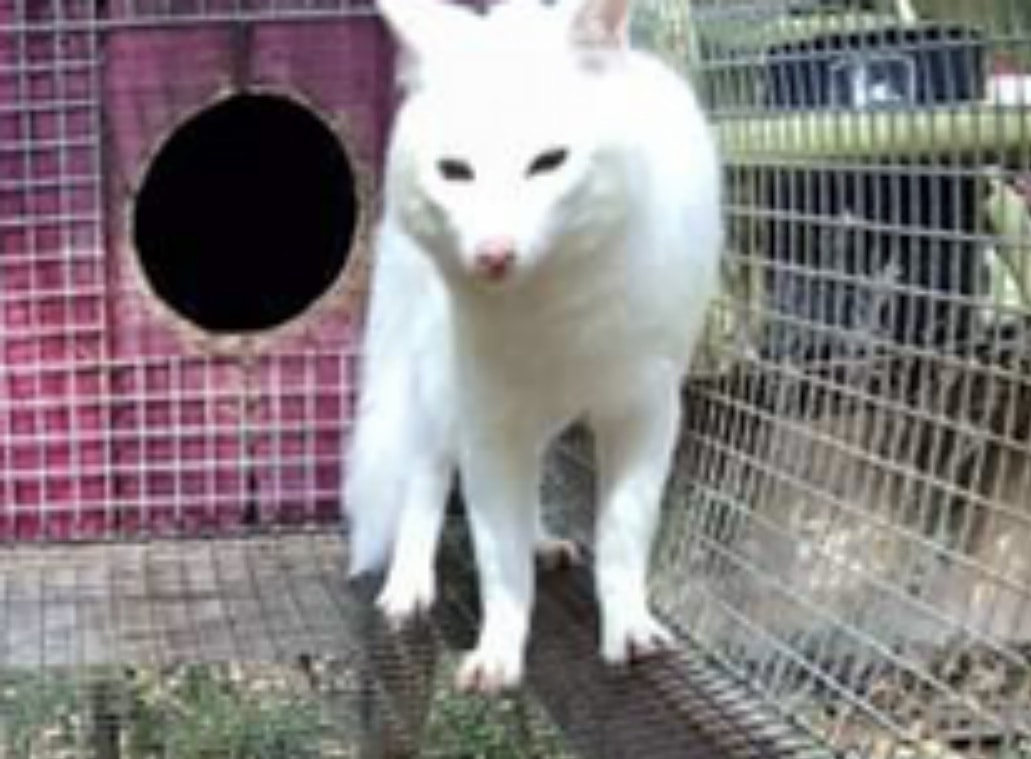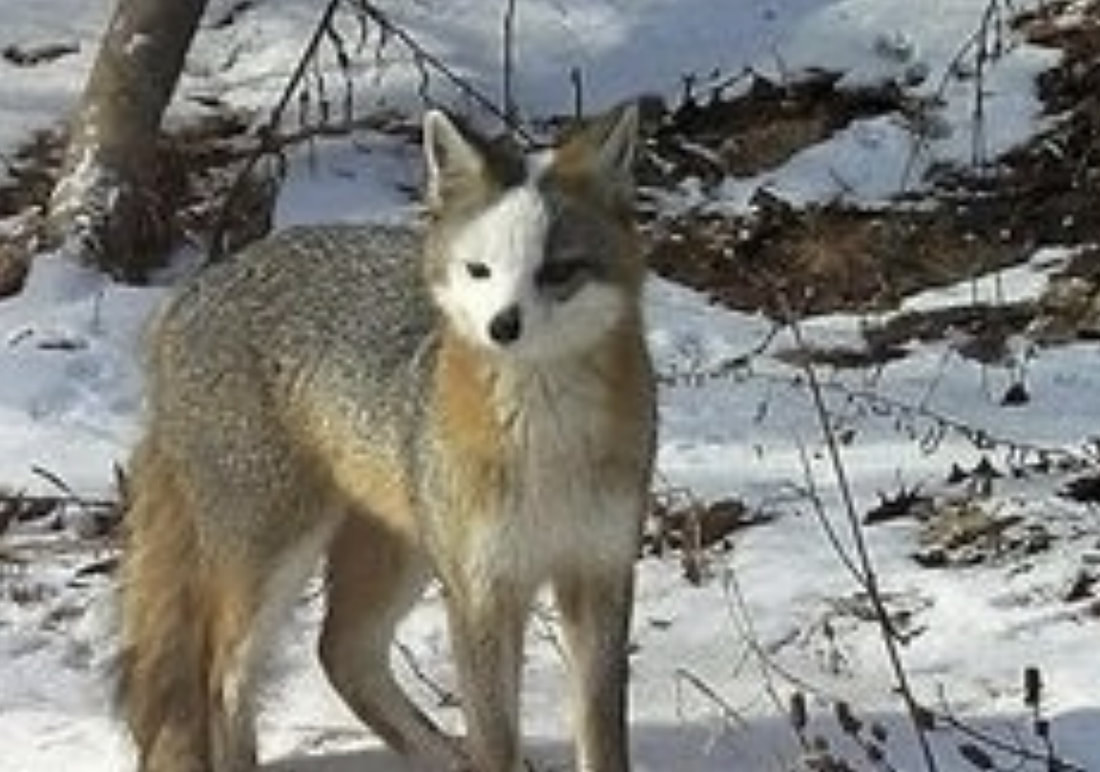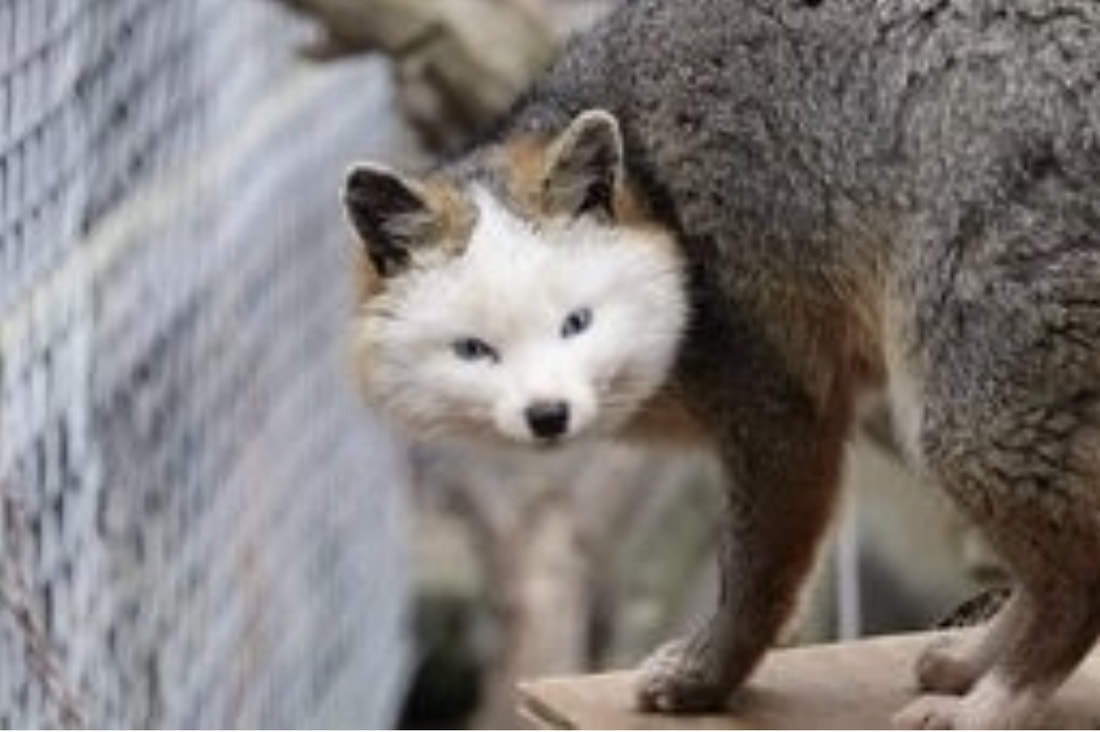Gray Fox
|
Description: The Gray Fox is one of the few species of fox that is not under the Vulpes genus, and instead under the Urocyon. This difference in genus is due to their genetic make-up being closer to that of the Asian Raccoon Dog and the African Bat-Eared Fox. The Gray Fox is one of the oldest known foxes, ranging all the way back to the Pliocene Era approximately 3.6 million years ago.
|
|
Known for it's gray and grizzled fur, it will typically have a rust red coloring around it's neck, legs, ears and tail, towards the underbelly and below the gray. It has a black-tipped tail similar to the Fennec and other African foxes, and is easily distinguished from the Red fox this way. The gray fox's face tends to be less pointy than the Red fox, and has rounder ears. Instead of slit-like pupils, like a cat and other foxes, the Gray Fox has more round pupils.
They typically weigh from 8 to 15 pounds, with the largest reported Gray being 20. The females are only slightly smaller than the males, unlike many other fox species. Behavior/Reproduction: The Gray Fox also likes to climb trees, similar to the Raccoon Dog, and will often be seen at night climbing trees, or during the evenings since this mammal is crepuscular. Gray Foxes are monogamous, meaning they mate for life with one partner. Their mating season varies depending on location from early February to late July. The gestation period is 53 days and they can have up to 7 kits in one litter, the average being 2-3. Diet: In the wild, they would be omnivores, eating mice, plants, insects, and fruits and veggies if possible, so their diet in captivity must reflect this. They do not have specific diet restrictions in comparison to other foxes, so you can read more about a good diet on the 'Diet & Adopting' page. |
|
Captivity: Gray Foxes do not emit a musky odor like a Red Fox, and are much more outgoing and suitable for indoor pet life. In captivity the Gray Fox needs a cat tree, or something acceptable to climb if kept indoors, otherwise, they will be seen climbing your cabinets or even your refrigerator! They also have a scent marking behavior similar to a cat, where they rub different parts of their body on something they want to claim. However, there is no foul odor in marking as with a Red's urine, and they seem to have no offensive body odor, much like the Fennec. Special care should be taken when on walks, since these animals like to climb. Only walk with a harness, since all foxes are so small and fragile that them pulling too hard on their collar could damage their trachea. It also is more beneficial to prevent escape.
|
And in the case of Gray Foxes, they can not only run but climb. Harnesses when not walking should never be left on unattended unless supervised to prevent damage to themselves.
|
Range: Gray Foxes are found very widespread throughout North America. They cover almost all of the United States, the top of Mexico, and some of the southern provinces of Canada. Outside their north South America range, there is the South American Gray Fox, which is in fact not a subspecies at all but a separate species entirely. Gray Foxes prefer dense trees and vegetation as they climb trees often and make dens for their kits in the brush on the ground. However, they can be found within the confines of the desert and sparse vegetation, such as prairies or even the deserts of Arizona and New Mexico like their Swift and Kit fox relatives.
|
Color Morphs: There are only three known color morphs for the gray fox, an all white morph, a leucistic, and (discovered in Northern United States in 2018) a piebald morph. The Leucistic simply gives it a lighter, cream colored coat where the darker blacks and grays of the coat would normally be. All color variations are extremely rare, almost never found in the wild. There are no known breeders of the leucistic or piebald color morphs.
*Sources Accessed and modified: Erik K. Fritzell, Kurt J. Haroldson (1982). "Urocyon cinereoargenteus"

